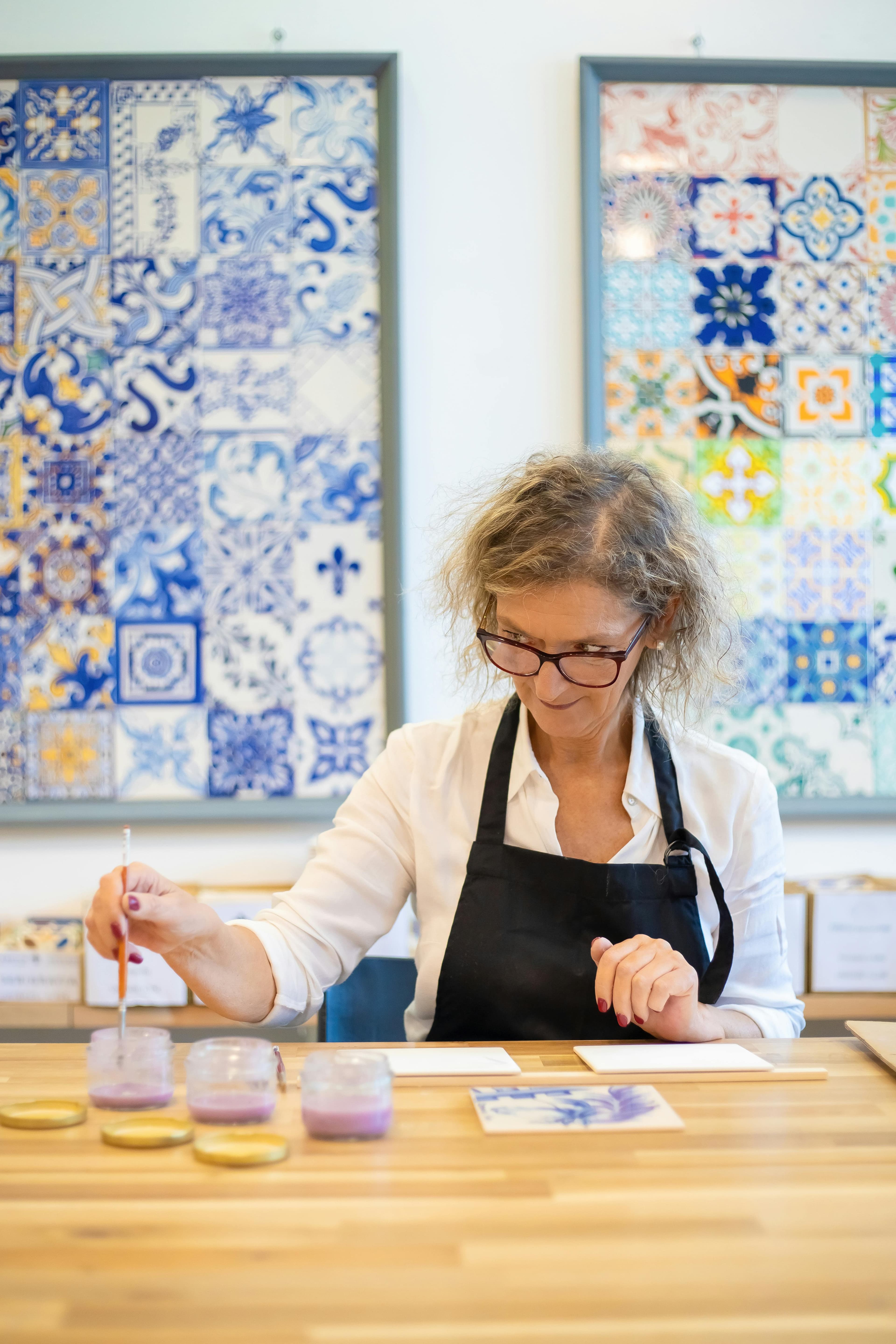
Portugal boasts a rich artisanal heritage, and among its treasures, filigree art shines for its finesse, delicacy, and timeless elegance ! Filigree is an ancestral jewellery technique that involves working gold or silver into extremely fine threads to create intricate patterns. It is far more than a mere ornament : it represents the ingenuity, patience, and refinement of Portuguese artisans throughout the centuries.
A Historic Craft
Filigree art dates back several centuries and has been passed down from generation to generation. This technique was once used to embellish prestigious jewellery, religious objects, and decorative accessories. Today, it remains a symbol of Portuguese artisanal refinement. The patterns are often floral or geometric, reflecting influences from different periods and cultures while expressing local identity and elegance.
Creating a filigree piece requires immense patience and precision. Artisans twist, bend, and solder gold or silver threads to produce complex designs, sometimes so fine they seem almost impossible to achieve. Each piece is unique, taking several hours, or even days, of meticulous work.
Filigree Today, A Living Art
While deeply rooted in tradition, filigree has also embraced modernity, making it accessible and fascinating to visitors. Many contemporary pieces blend traditional techniques with modern design, allowing filigree to shine in current jewellery, luxury accessories, and even interior decoration. Several Portuguese jewellery brands now sell modern filigree pieces, merging heritage and contemporary style.

Why Filigree Captivates
Portuguese filigree is more than just beautiful: it tells a story, that of an ancient technique enduring through time. Each piece is the result of exceptional craftsmanship, where patience and expertise combine to create a miniature work of art.
Experiencing Filigree in Portugal
If you want to see filigree jewellery up close or explore this heritage, there are several options: visit workshops and boutiques, attend live demonstrations, or explore museums dedicated to the craft.
The Porto Boutique-Museum
Since 2025, Porto has been home to a must-visit destination for filigree enthusiasts : a boutique-museum located on the famous Rua das Flores. This unique venue offers an immersive experience in this refined craft. Visitors can watch artisans working on filigree in real time, observing their precise gestures and patience as they bring each piece to life. The museum section in the basement displays machines that were once used in filigree production, with explanations of the fabrication process. On the ground floor, you can admire unique creations from different artists, all available for purchase in gold or silver, for both women and men.
A Heritage to Preserve
Filigree art is, of course, part of Portugal’s cultural heritage. Supporting artisans, visiting workshops, or buying these pieces helps keep this precious tradition alive, while providing a unique and authentic experience. It is also an excellent gift idea !
Share this article
Suggested articles

Meeting the Leather and Wood Artisans of Portugal
Portugal is a country where craftsmanship is far more than a profession: it is a true tradition, passed down from generation to generation ! Among its most emblematic skills, leather and woodwork stand out strongly.

Traditional Pottery of Estremoz
The town of Estremoz, situated in the heart of Alentejo, is renowned for much more than its castles and striking white marble! It is home to an ancient craft: traditional pottery. This millennia-old art, passed down through generations, reflects the history, creativity, and expertise of local artisans.

Madeira Embroidery and Viana Lace – A Preserved Craft
Portugal is full of artisanal traditions that reflect its rich cultural heritage and the skills passed down through generations. Among these treasures, two techniques stand out for their delicacy, beauty, and let’s be honest, their poetic charm: Madeira embroidery and Viana lace.

Cork, a National Treasure
Cork is not just a material ; it is a true natural and cultural treasure of Portugal ! A symbol of sustainability, ingenuity, and refined craftsmanship, it lies at the heart of national identity and features in our homes in both traditional and modern forms (especially among the Portuguese).

Azulejos: the Art of Portuguese Ceramics Through the Centuries
In Portugal, you only need to look up to see azulejos. These glazed ceramic tiles decorate the façades of houses, churches, palaces, train stations, and even some metro stations. Their blue and white shine has become one of the country’s most recognizable symbols. But behind their beauty lies a long and rich history, shaped by cultural exchanges, technical innovations, and artistic evolution.


